This part of the world, or maybe more accurately us farmers in this part of the world, don’t cope too well with extremes of any kind.
It’s been dry for two weeks and we are quietly looking for rain; now that it has started raining I wouldn’t be surprised if it doesn’t stop until next October. One could quite easily be shot by a member of the non-farming population at the mere suggestion of rain, but unfortunately some was needed.
Ground conditions here are as dry as I’ve seen them in a very long time, with even the wettest of fields being fully trafficable. It has been a great chance to get certain field work done, especially liming heavy wet ground.
It’s been a pleasure grazing cattle here for the past few weeks.
Grazing conditions are perfect; there’s no problem grazing down to 4cm or even lower. As I have approximately half the farm closed for silage, my demand is high at around 60kg of dry matter per hectare (kg/DM/ha). The covers which I’m grazing are probably a little lower than I would like, but quality is excellent, real rocket fuel.
Grass dry matter is high and stock are very content. I am following the cows with one bag per acre of 18:6:12. At my last measurement, the farm was growing 50kg/DM/ha, but with the recent rain I’m hopeful that my growth figure will drive on and exceed demand.
I spent some time last weekend rolling paddocks that had been damaged last year. Ground was very hard and some might say I was only wasting my time. Although I was unable to level the ground completely, the paddocks were improved considerably by the process. Rolling ground when it is soft and damp will seal the top, cause compaction and decrease drainage.
Keep rollin’, rollin’?
A neighbouring farmer was telling me during the week that he learned years ago from an old Teagasc adviser that when rolling damaged fields, you should wait for them to dry out completely, then roll them after a shower of rain – that way the ground will be soft enough on top to get it adequately levelled, but will be dry and hard underneath so you should not be causing compaction; good simple advice.
My calves all received their second clostridia shot recently. along with a white worm dose and a mineral bolus.
Last year was the first year I started using boluses in both the cows and calves and I definitely think they are beneficial. I’ve started using a white wormer at least once during the season. as I feel I’ve been using ivermectin pour-ons and injections too much over the last 10 years and I don’t want to find myself in a situation where I have a resistance problem.
My oldest calf at the moment is six months old, so getting an oral drench administered is not too difficult.
Read more
Full coverage: James Strain
This part of the world, or maybe more accurately us farmers in this part of the world, don’t cope too well with extremes of any kind.
It’s been dry for two weeks and we are quietly looking for rain; now that it has started raining I wouldn’t be surprised if it doesn’t stop until next October. One could quite easily be shot by a member of the non-farming population at the mere suggestion of rain, but unfortunately some was needed.
Ground conditions here are as dry as I’ve seen them in a very long time, with even the wettest of fields being fully trafficable. It has been a great chance to get certain field work done, especially liming heavy wet ground.
It’s been a pleasure grazing cattle here for the past few weeks.
Grazing conditions are perfect; there’s no problem grazing down to 4cm or even lower. As I have approximately half the farm closed for silage, my demand is high at around 60kg of dry matter per hectare (kg/DM/ha). The covers which I’m grazing are probably a little lower than I would like, but quality is excellent, real rocket fuel.
Grass dry matter is high and stock are very content. I am following the cows with one bag per acre of 18:6:12. At my last measurement, the farm was growing 50kg/DM/ha, but with the recent rain I’m hopeful that my growth figure will drive on and exceed demand.
I spent some time last weekend rolling paddocks that had been damaged last year. Ground was very hard and some might say I was only wasting my time. Although I was unable to level the ground completely, the paddocks were improved considerably by the process. Rolling ground when it is soft and damp will seal the top, cause compaction and decrease drainage.
Keep rollin’, rollin’?
A neighbouring farmer was telling me during the week that he learned years ago from an old Teagasc adviser that when rolling damaged fields, you should wait for them to dry out completely, then roll them after a shower of rain – that way the ground will be soft enough on top to get it adequately levelled, but will be dry and hard underneath so you should not be causing compaction; good simple advice.
My calves all received their second clostridia shot recently. along with a white worm dose and a mineral bolus.
Last year was the first year I started using boluses in both the cows and calves and I definitely think they are beneficial. I’ve started using a white wormer at least once during the season. as I feel I’ve been using ivermectin pour-ons and injections too much over the last 10 years and I don’t want to find myself in a situation where I have a resistance problem.
My oldest calf at the moment is six months old, so getting an oral drench administered is not too difficult.
Read more
Full coverage: James Strain




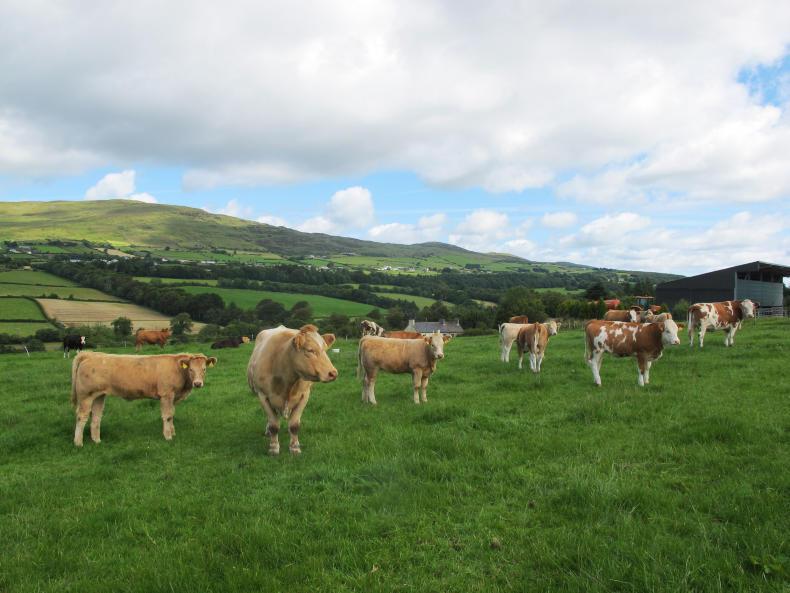
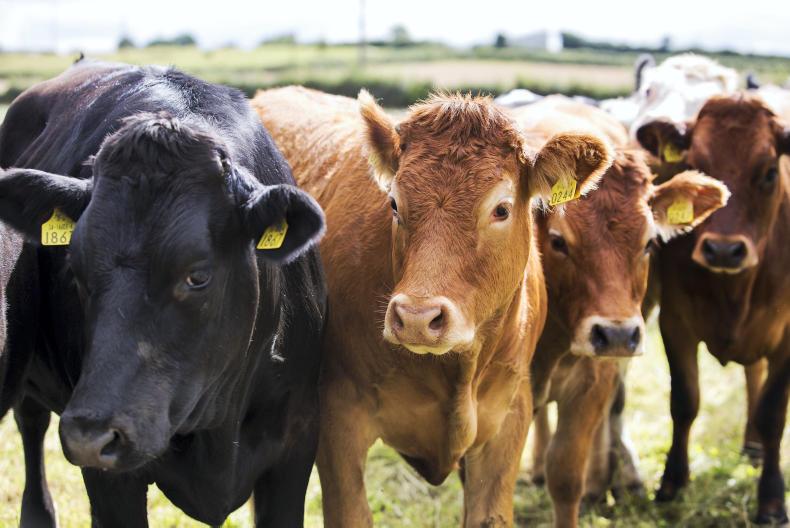

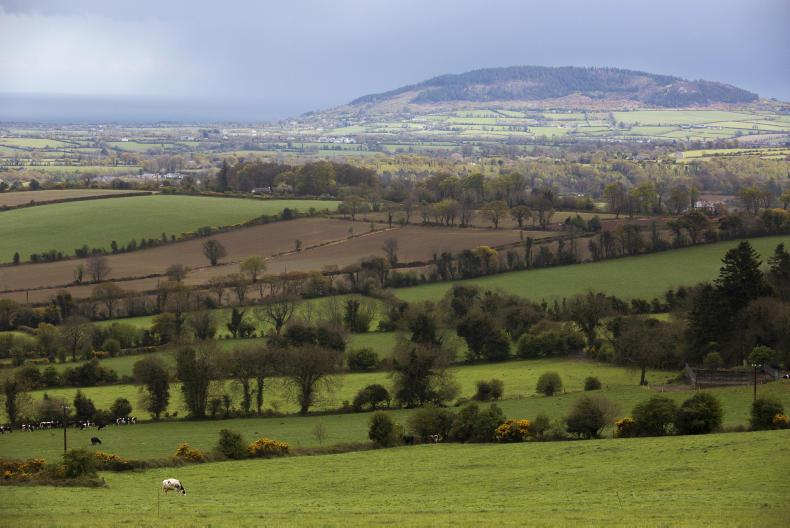
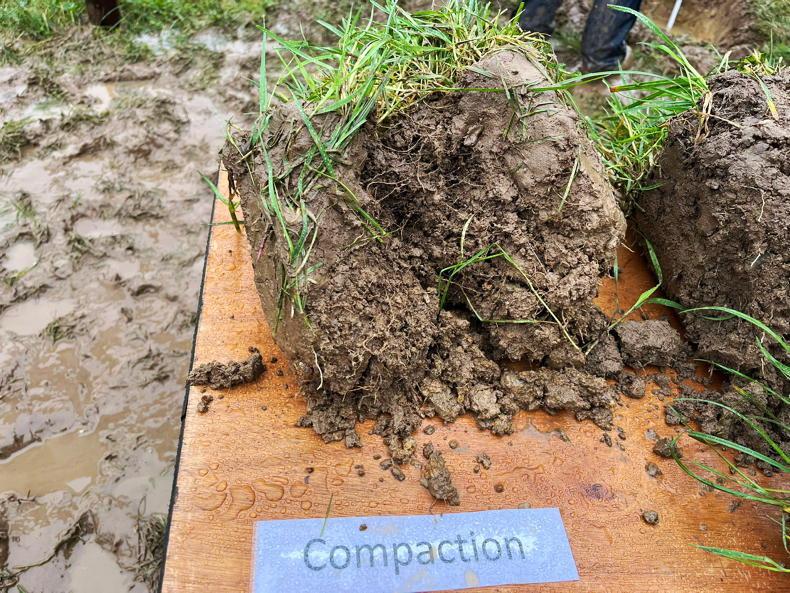
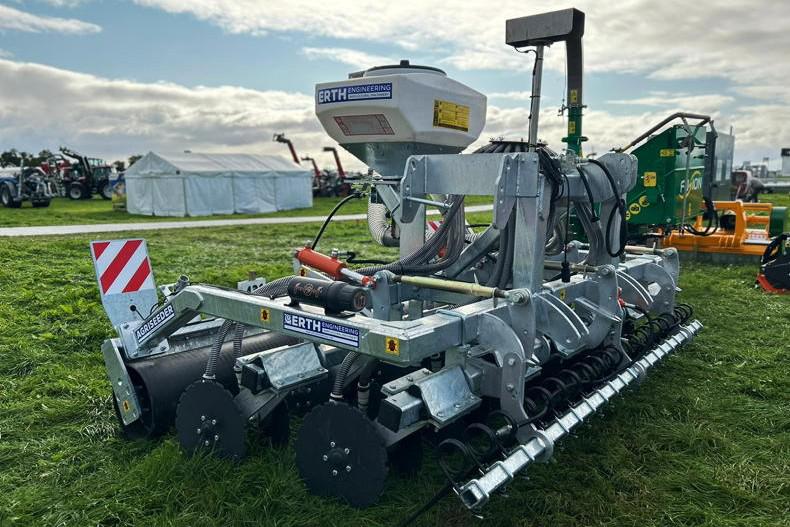
SHARING OPTIONS